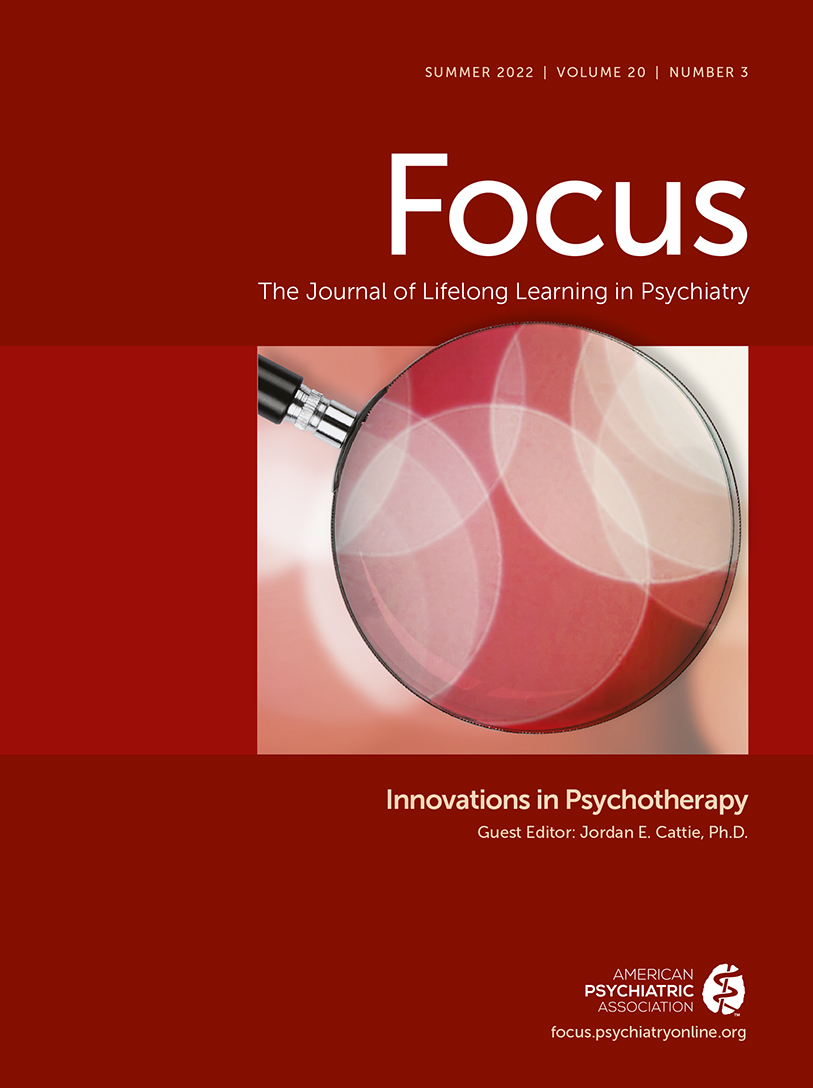Healing in Health Care: Mental Health Promotion, Advocacy, and Voluntarism in Response to COVID-19
Abstract
The COVID-19 pandemic increased many known risk factors for mental health problems. In the context of overwhelmed health systems and resource and staffing shortages, the mental health needs of frontline health care workers (HCWs) gained attention as a major public health concern and a threat to high-quality care delivery. In response, mental health promotion initiatives were quickly developed to meet the demands of the public health crisis. Two years later, the context for psychotherapy has changed, especially as it pertains to the health care workforce. Particularly salient experiences—grief, burnout, moral injury, compassion fatigue, and racial trauma—have become routinely discussed as part of everyday clinical practice. Service programs have become more responsive to the needs, schedules, and identities of HCWs. In addition, mental health and other HCWs have contributed to advocacy and volunteer initiatives promoting health equity, culturally responsive care, and access to care across a range of settings. In this article, the authors review the benefits of these activities to individuals, organizations, and communities and summarize example programs. Many of these initiatives began in response to the acute public health crisis; however, engaging in these ways and spaces holds promise for increasing connection and prioritizing equity and structural change over the long term.



